-
It’s been one year since the most intense solar storm in decades created worldwide auroras. What have we learned?
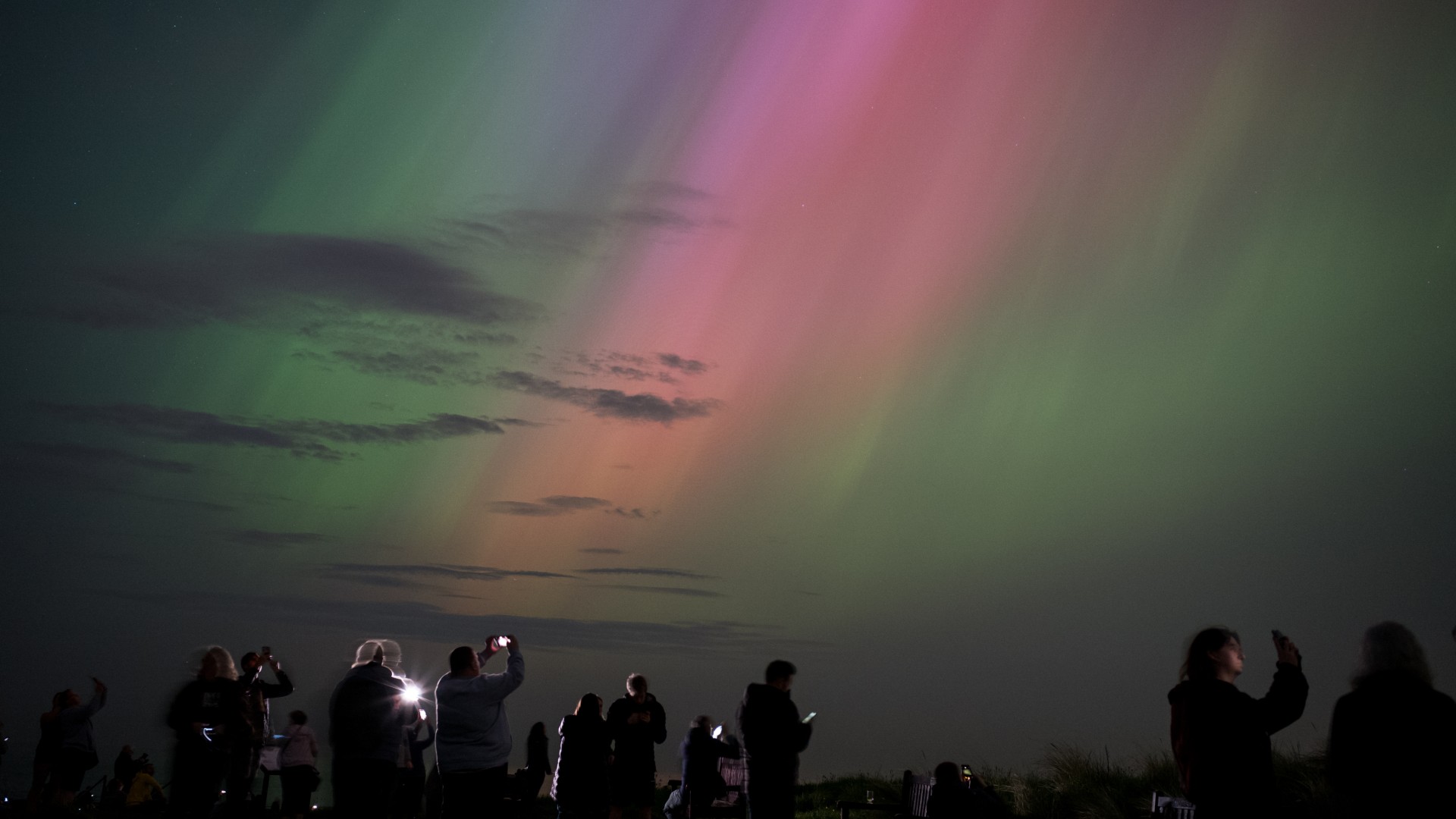
I’ll never forget the night of May 10, 2024. I remember having dinner with a friend and talking about the potential of seeing the northern lights in Northeast Ohio, a conversation that I had never had before or even thought was possible. It sounded unlikely, but earlier that week, the possibility was brought to my…
-
Doomed star circling supermassive black hole could be ripped apart in less than 6 years
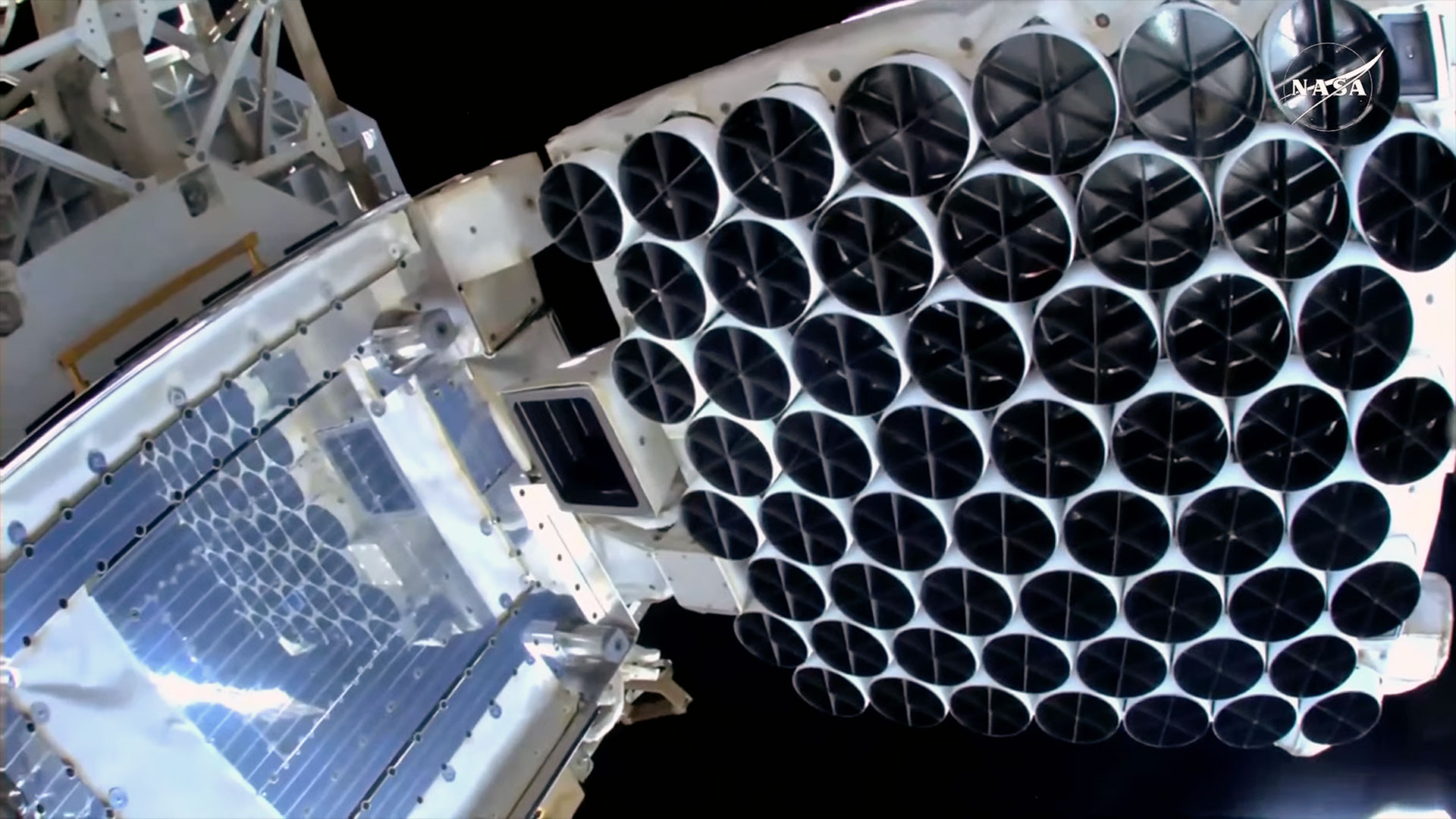
A star in a faraway galaxy is sending itself into a spiral of doom, repeatedly plunging through a disk of hot gas surrounding a black hole and releasing powerful bursts of X-rays in the process. Soon, it will be torn apart. That’s the assessment of what’s going on in the core of a galaxy about…
-
Face to face with a galaxy | Space photo of the day for May 9, 2025
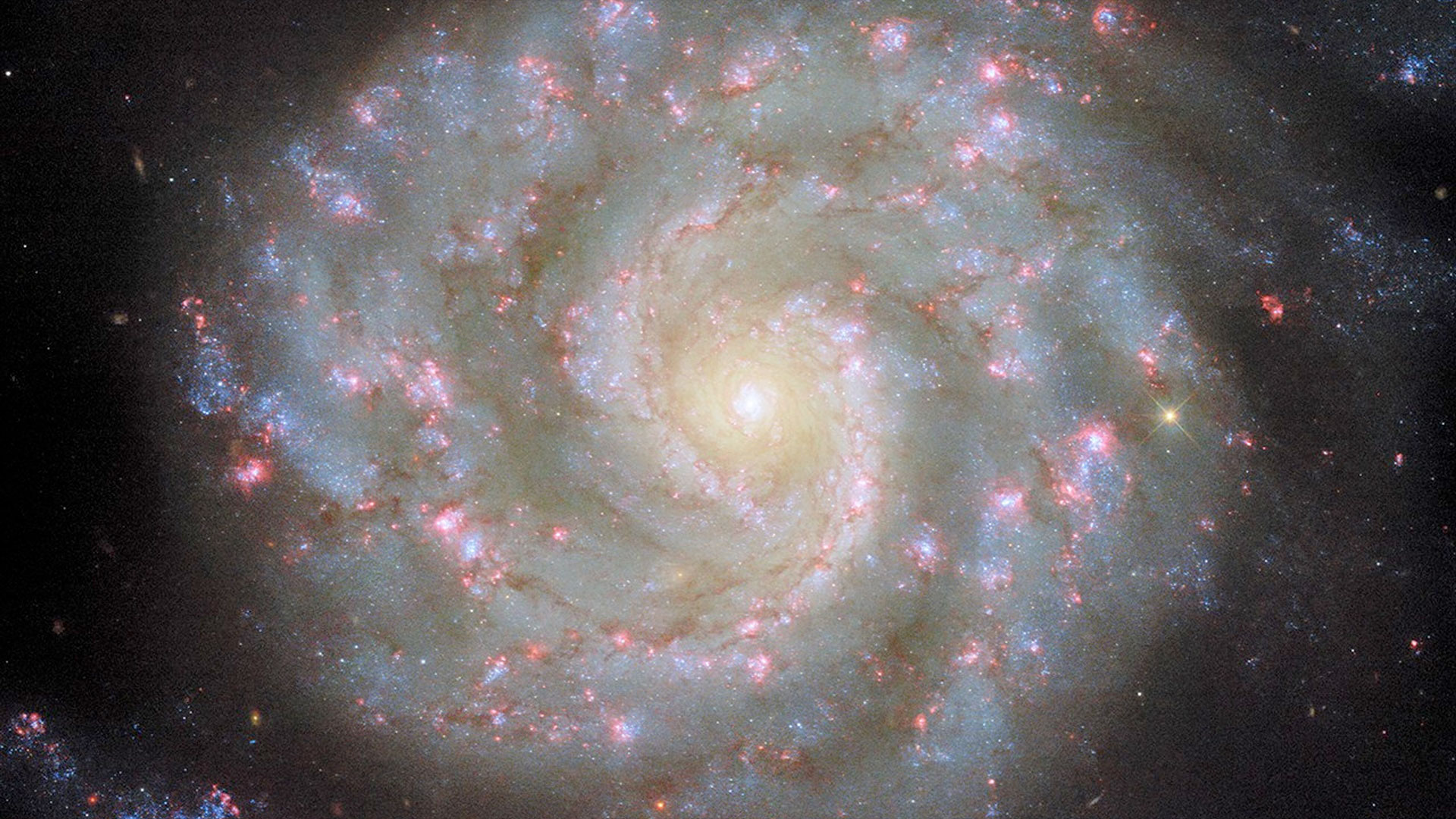
The spiral galaxy NGC 3596 is viewed face-on in this NASA/ESA Hubble Space Telescope image that incorporates six different wavelengths of light. (Image credit: ESA/Hubble & NASA, D. Thilker) You are face-to-face with spiral galaxy NGC 3596, courtesy of an image captured by the Hubble Space Telescope. British astronomer William Herschel was the first person…
-
Hubble Telescope sees wandering black hole slurping up stellar spaghetti
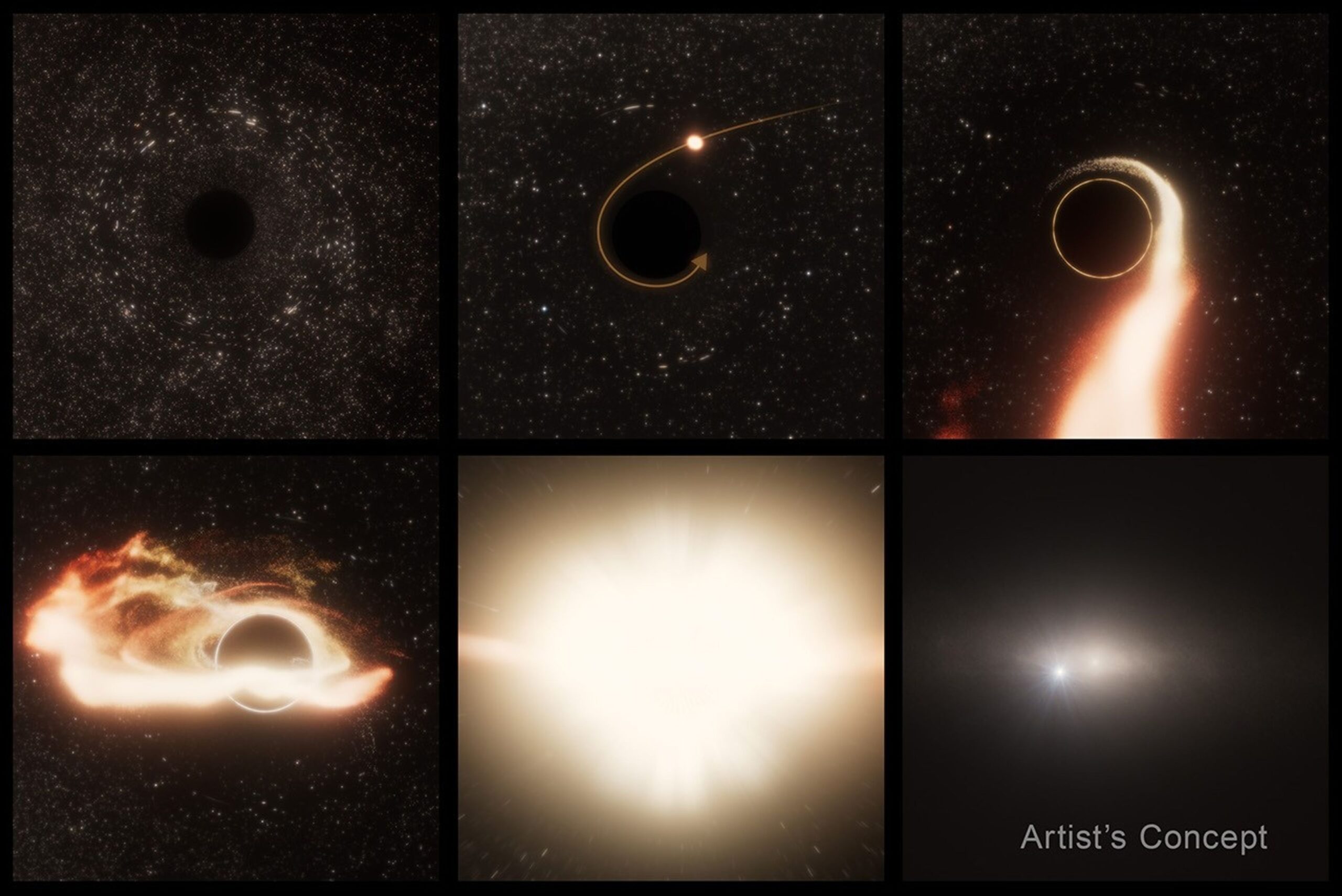
Astronomers have caught a black hole far from the center of its home galaxy ripping a star to shreds — providing, for the first time, direct evidence of a rogue supermassive black hole in action. The event, named AT2024tvd, took place approximately 600 million light-years from Earth. Despite weighing about a million times the mass…
-
“Space Jaws”: NASA reveals roaming monster black hole that’s eating stars
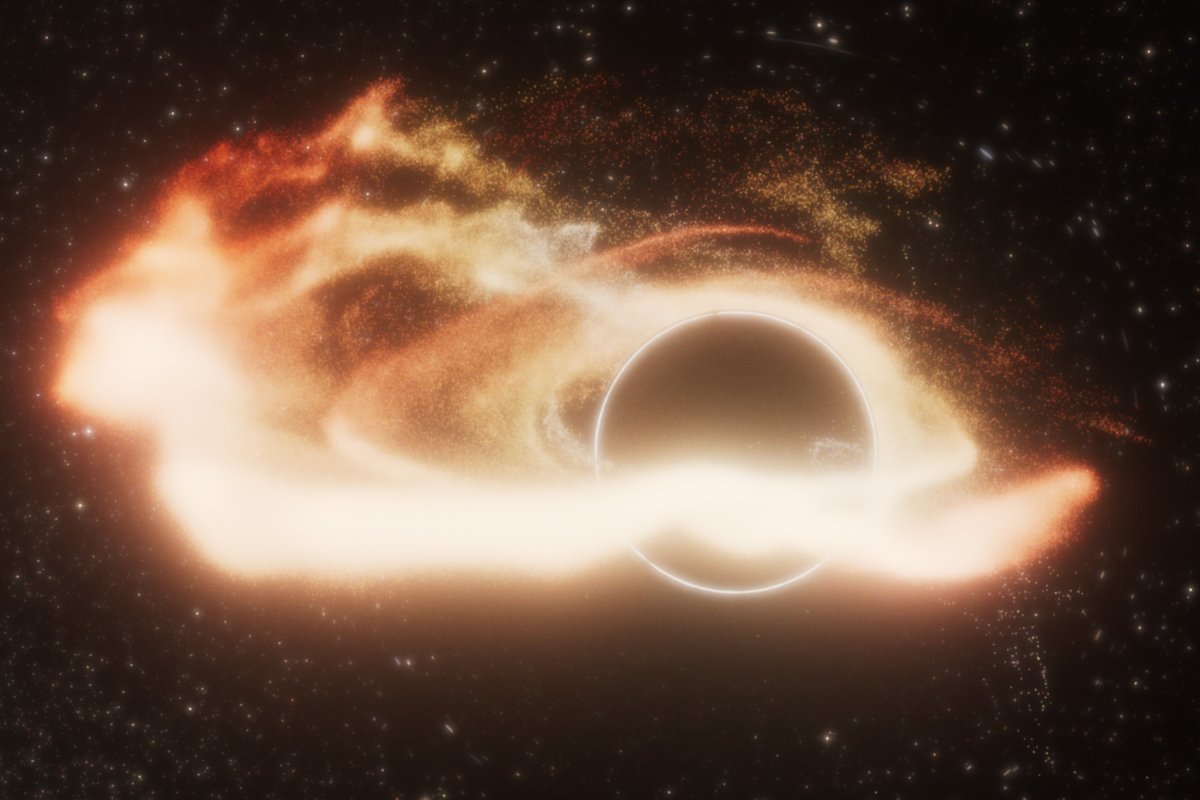
Just when you thought it was safe to go back in the cosmos, NASA’s Hubble Space Telescope has discovered a terrifying, roving, oft-invisible monster dubbed “Space Jaws.” Lurking 600 million light-years away, the supermassive black hole—which has the same mass as some 1 million suns—betrayed its presence when it was caught shredding and then devouring…
-
The US isn’t prepared for a big solar storm, exercise finds
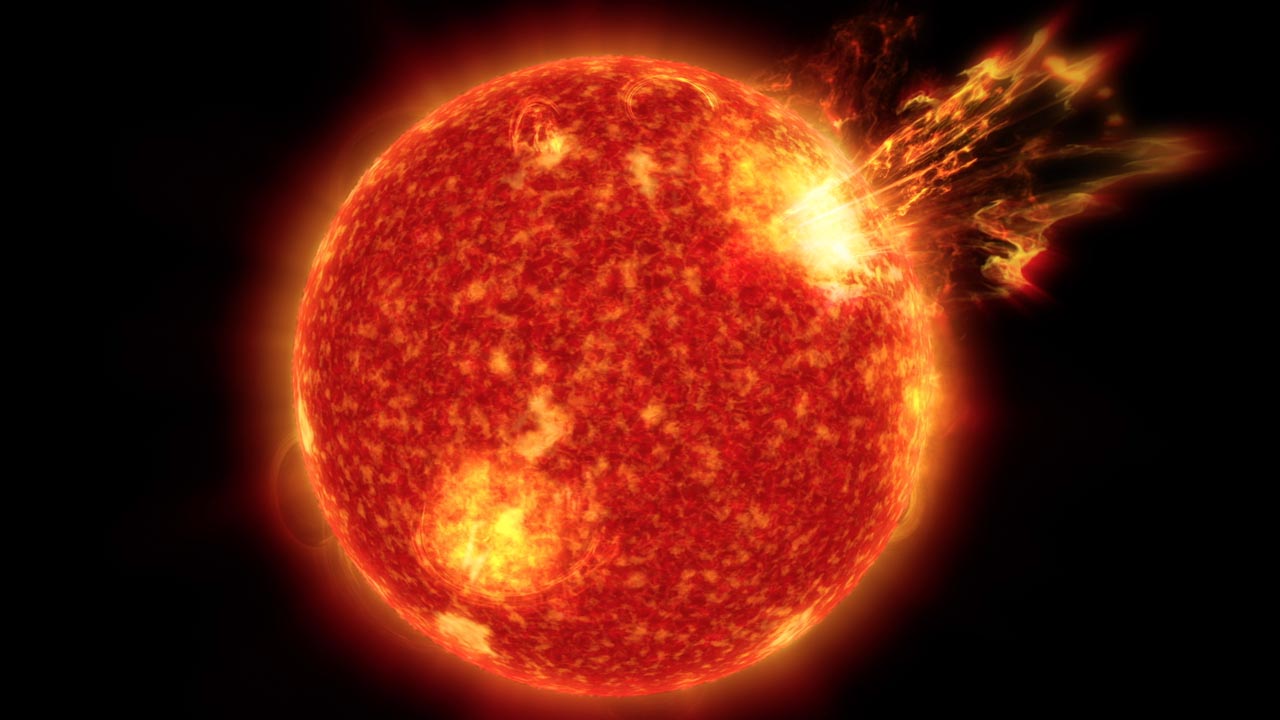
A first-of its-kind space weather “tabletop” exercise has revealed major weaknesses in America’s preparedness for severe solar storms. In May 2024, participants representing local and national government agencies gathered at the Johns Hopkins Applied Physics Laboratory (APL) in Laurel, Maryland, and at a Federal Emergency Management Agency (FEMA) site in Denver, Colorado, to learn how…
-
See the world’s largest iceberg stranded in the South Atlantic (satellite photo)
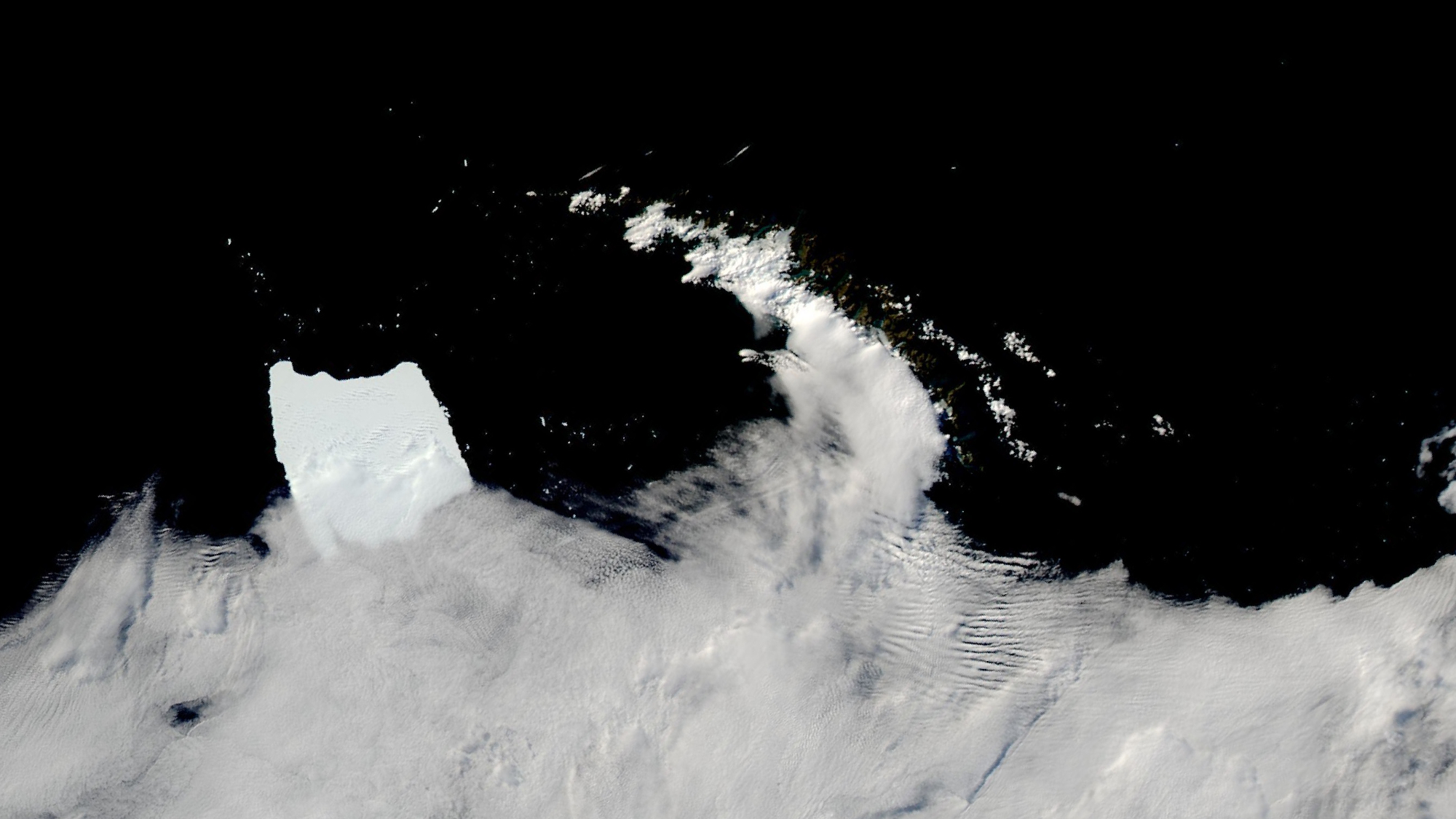
A sharp-eyed Earth-observing satellite has shared an updated view of the world’s largest iceberg, which remains stuck just offshore of a remote island in the South Atlantic. The drifting Antarctic iceberg A-23A came to a sudden stop in late February off the coast of South Georgia Island — a British overseas territory in the South…
-
Cosmic imposter bathes distant nebula in fiery red glow: ‘This star should not be here’
A dazzling new image from the European Southern Observatory’s VLT Survey Telescope in Chile has revealed an unusual cosmic tale unfolding 6,000 light-years away in the Serpens constellation. The snapshot features the vivid red nebula Sh2-46 — also known as Gum 80 — lit up in a fiery hue due to intense radiation coming from…
-
Cosmic imposter bathes distant nebula in fiery red glow: ‘This star should not be here’
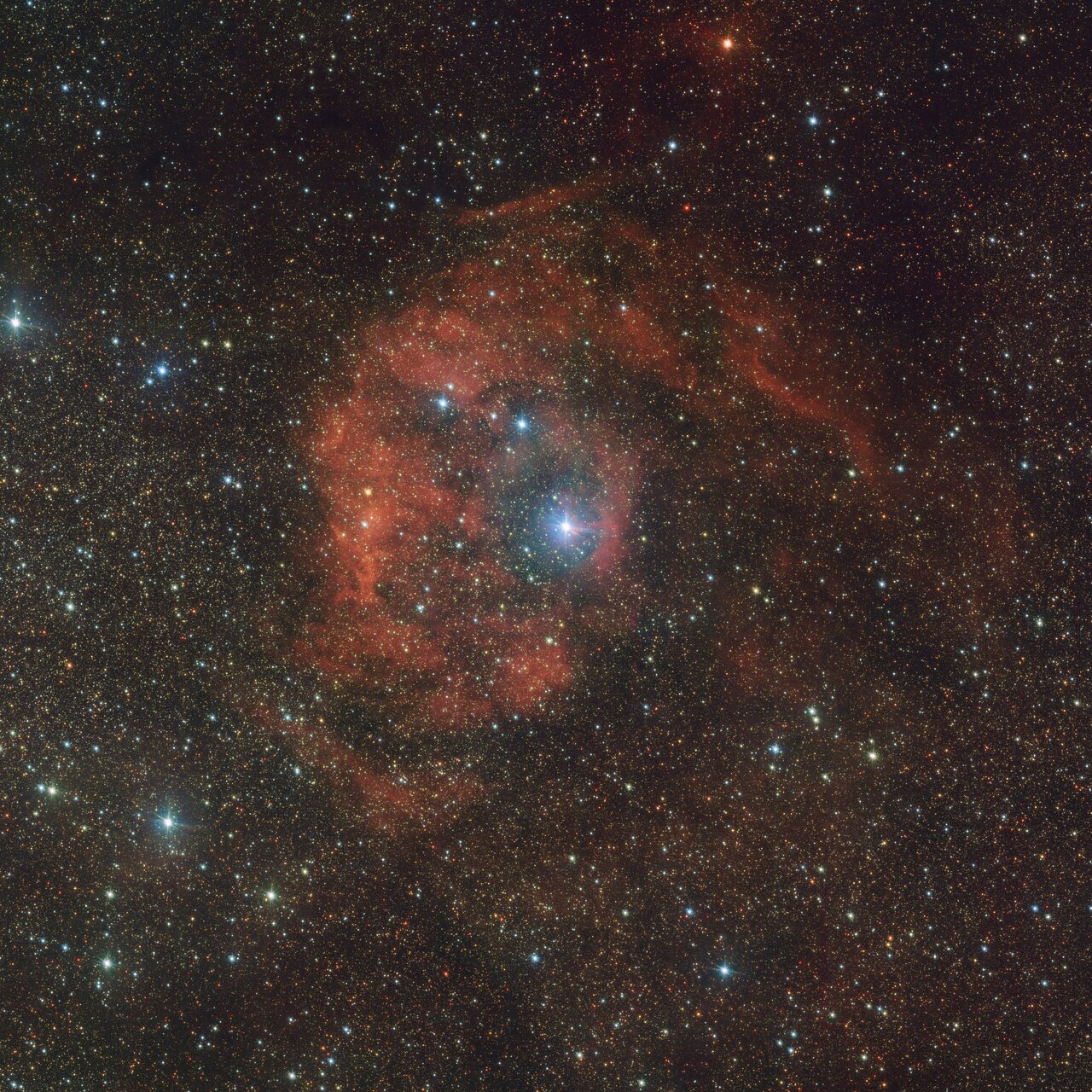
A dazzling new image from the European Southern Observatory’s VLT Survey Telescope in Chile has revealed an unusual cosmic tale unfolding 6,000 light-years away in the Serpens constellation. The snapshot features the vivid red nebula Sh2-46 — also known as Gum 80 — lit up in a fiery hue due to intense radiation coming from…
-
China uses ‘gravity slingshot’ to rescue pair of wayward moon satellites
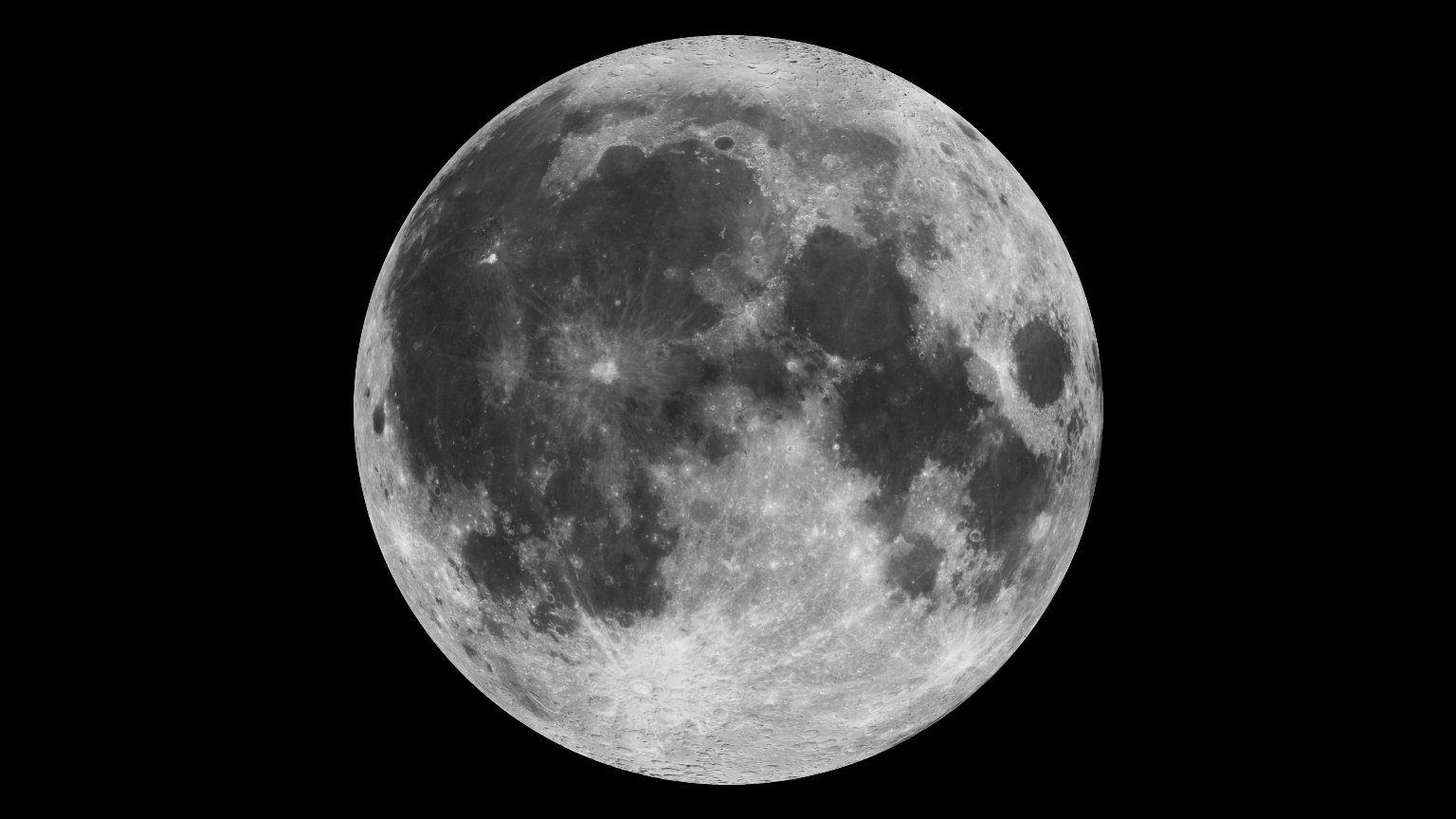
After launching a pair of satellites last year that failed to reach the right orbit around the moon, China’s Technology and Engineering Center for Space Utilization (CSU) came up with a novel tactic — using a gravity “slingshot” to get the satellites in the correct spot. China launched the satellites, named DRO-A and DRO-B, in…